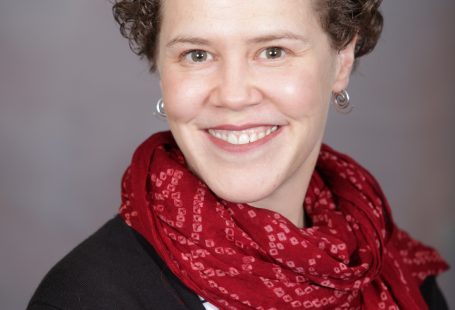One of the conflicts most often brought to my office is about the division of labor in the family. Pain and resentment can accumulate and run deep over who does what around the home, and with the children. Partners can feel devalued, and taken advantage of.
Particularly with both partners working outside of the home, the question arises: What does it take to make a family household run?
Some years ago, I became aware of the notions of physical labor (cooking, taking out the trash), and emotional labor (initiating a conversation, extending an apology, planning a child’s birthday party.). It was a helpful construct as I coached parents to consider more explicitly what they each did to contribute to the management and running of their lives.
And yet it seemed, particularly in heterosexual couples, that despite the stated commitment to share equally in household labor, there was still something missing, something we were not naming; women were feeling an inordinate burden about the responsibilities they carried in family life – and it seemed more nuanced than just emotional and/or physical labor.
Then I happened upon the work of Sociologist Allison Daminger, who describes a unique dimension of housework she calls “cognitive labor“; she breaks down this mental work into four discreet actions: anticipate, identify, decide, and monitor.
In a conversation between NYT columnist Jessica Grose and Allison Daminger, the nuances of this mental labor are outlined, with specific differences in gender. Take for example, the annual task of arranging summer camp options:
If we’re using the summer camp example, “anticipate” is realizing we need to start thinking about options for the summer before they fill up; “identify” is looking into the types of camps that will suit our family’s needs; “decide” is choosing the camp; and “monitor” is making sure the kids are signed up and their medical forms are sent in.
Daminger’s research found two areas in this process that were majority performed by women: anticipate, and monitor. She found that the act of putting the item on the agenda seemed to be overwhelmingly something that women were doing, as well as on the back end, following up once the decisions had been made.
And that was true, even in domains of life like household maintenance, where it was pretty clear to both parties that the man was ultimately responsible for clearing the gutters. Women’s antenna seemed to be constantly up and looking for these things. Whereas men were often very happy to help once their partner had alerted them to the issue and they might’ve gotten to it eventually on their own, but women were consistently getting there first and either doing it themselves or saying: “Hey, this is the thing you need to handle. Are you thinking about it?”
Not only do women do more cognitive labor overall, they also do more of the anticipation and monitoring in particular. How much energy does one expend to constantly have one’s “antena” up? How does this impact the quality of life? How might it be connected to feeling anxious, or depressed?
Because such work is taxing but often invisible to both the cognitive laborers and their partners, it is a frequent source of conflict and has implications for clinical work. I suggest we add the notion of “cognitive labor” to our understanding of the science of relationship. Daminger asserts that making this process explicit, and having the language to name it should help. I agree.
Anticipating needs, identifying options for filling them, making decisions, and monitoring progress. Just naming the processes feels heavy and burdensome. But the language of cognitive labor provides a window into the experience of women in heterosexual couples. Imagine then, the opportunities for repair with those couples willing to examine this facet of their family life, and adjust accordingly. It is a road map to enhanced closeness and true partnership.





